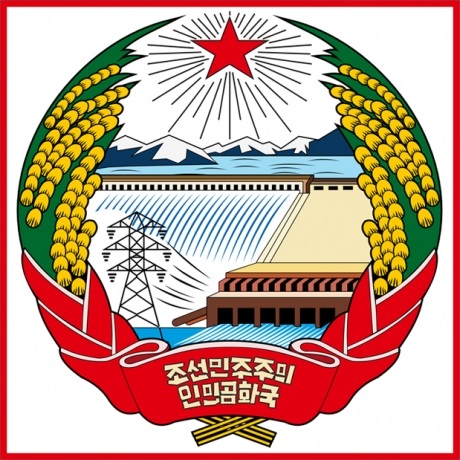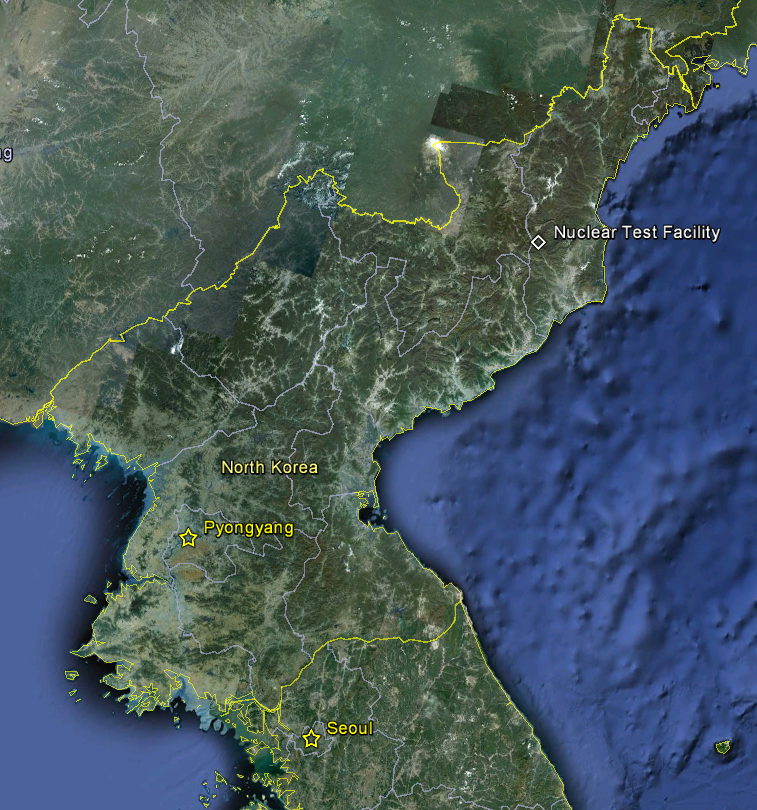Yesterday, I blogged about the nuclear bomb test just carried out by North Korea. While scientists doubt that it was a hydrogen bomb as claimed by N.K., there was a strong international reaction to the Test. Many countries have condemned the test including China which has been the main international supporter of N.K.
The U.N. Security Council met Wednesday, the day after the test, in an emergency session to discuss the test. The Secretary-General of the U.N. said that the test was “deeply troubling” and “profoundly destabilizing for regional security.” The SG also said he “unequivocally” condemned the underground test and demanded that North Korea “cease any further nuclear activities.”
The U.S. and Japan are pushing for more sanctions on N.K. to try to force them to negotiate over their nuclear program in the hopes of forging something like the recent Iran nuclear deal. Unfortunately, N.K. is a much tougher nut to crack. One result of the “test” will probably be a greater degree of cooperation between the U.S., Japan and South Korea with respect to North Korea. This will not benefit North Korea.
China is the major trading partner of N.K. and has been reluctant to impose trade sanctions. China has been using N.K. as a pawn for decades in a game to threaten and antagonize S.K. and the U.S. China fears that N.K. could collapse into anarchy and chaos without the support of China and Chinese trade. If China cut off their support for N.K., the N.K. government might start a war with S.K. in a desperate move to hold on to power. If N.K. detonated nuclear weapons on the Korean Peninsula, China would not only suffer from the radioactive fallout but would also be flooded with desperate refugees fleeing the fighting.
Here in the U.S., the Republicans are blaming the Obama administration for not doing anything about N.K. nuclear ambitions. There are a lot of international crises that Obama has been forced to deal with. There have been attempts to meet with N.K but progress has been slow at best. It is not clear what else Obama could be doing. The Republicans are happy to seize on the N.K. test to criticize Obama and his State Department, especially Hillary Clinton who is a former Secretary of State under Obama. She is currently a candidate for the U.S. presidency. Republicans are obviously hoping that they can damage her reputation by linking her to the N.K. problem whether there is any valid connection or not.
There does not seem to be any easy answer to N.K. nuclear belligerence. They are a poor desperate country that hopes to wring concessions and assistance from the rest of the world by threatening nuclear war. China is the key to any movement in negotiations with N.K. and China is trapped in a “damned if they do” and “damned if they don’t” situation. A tense and gridlocked standoff on the Korean Peninsula just got a little more tense with no relief in sight.
North Korean Emblem:






